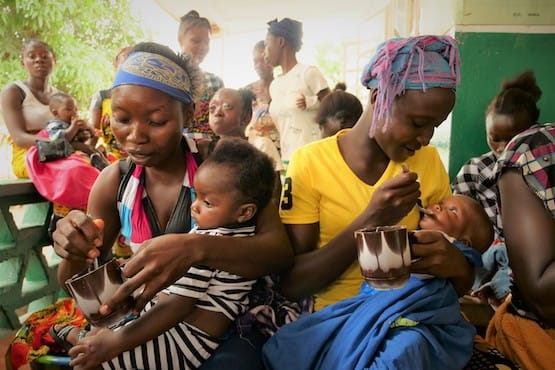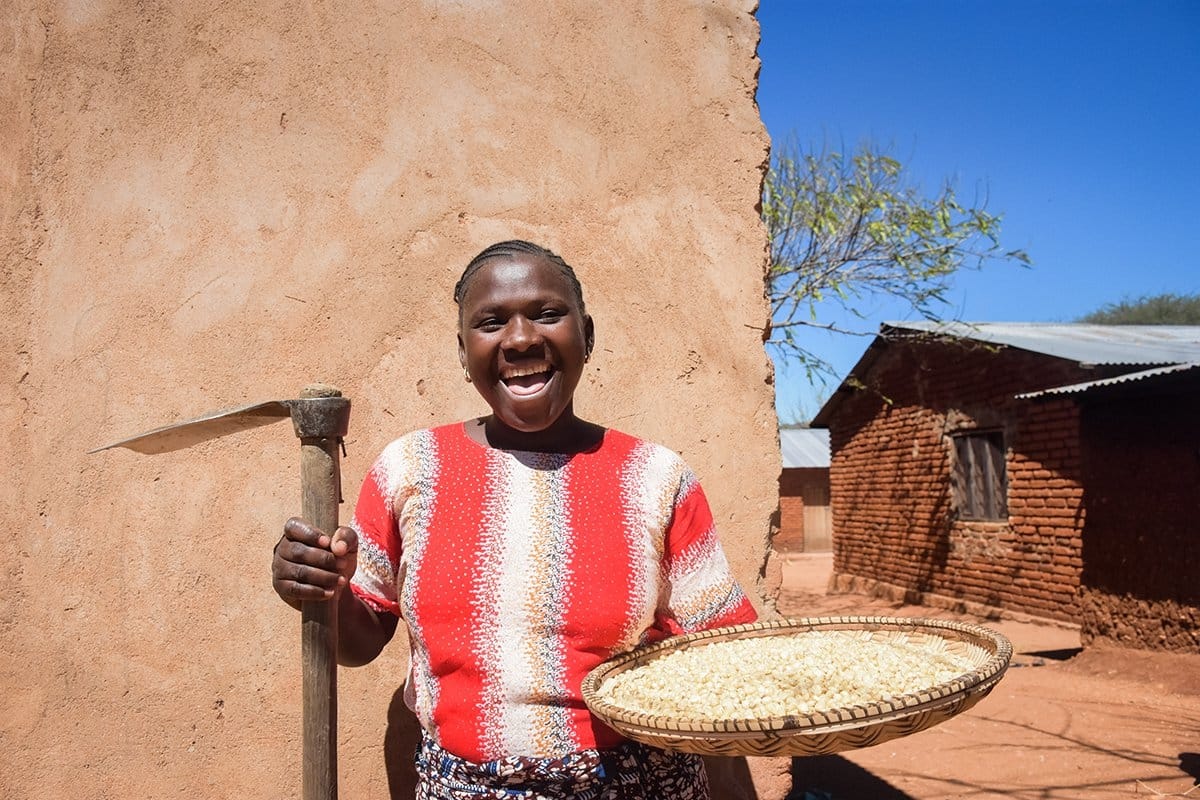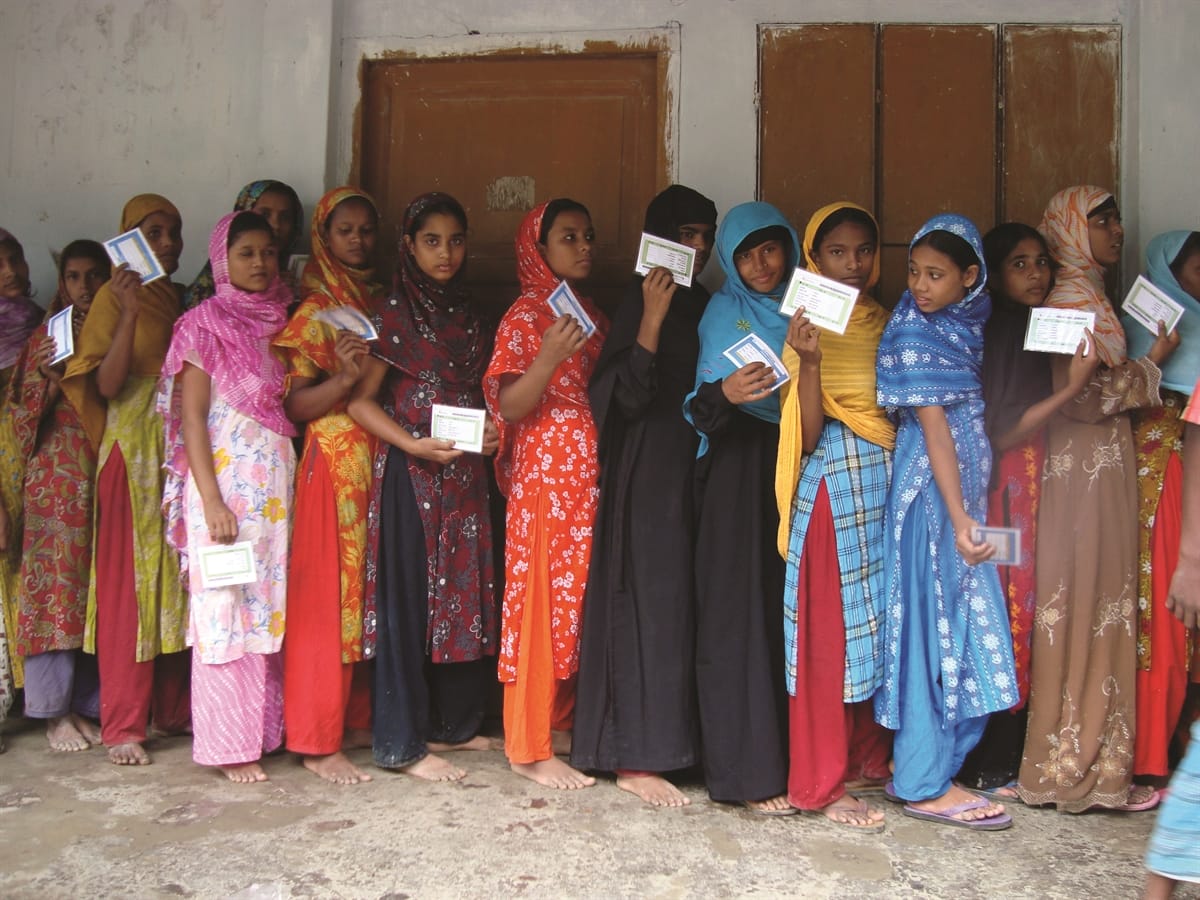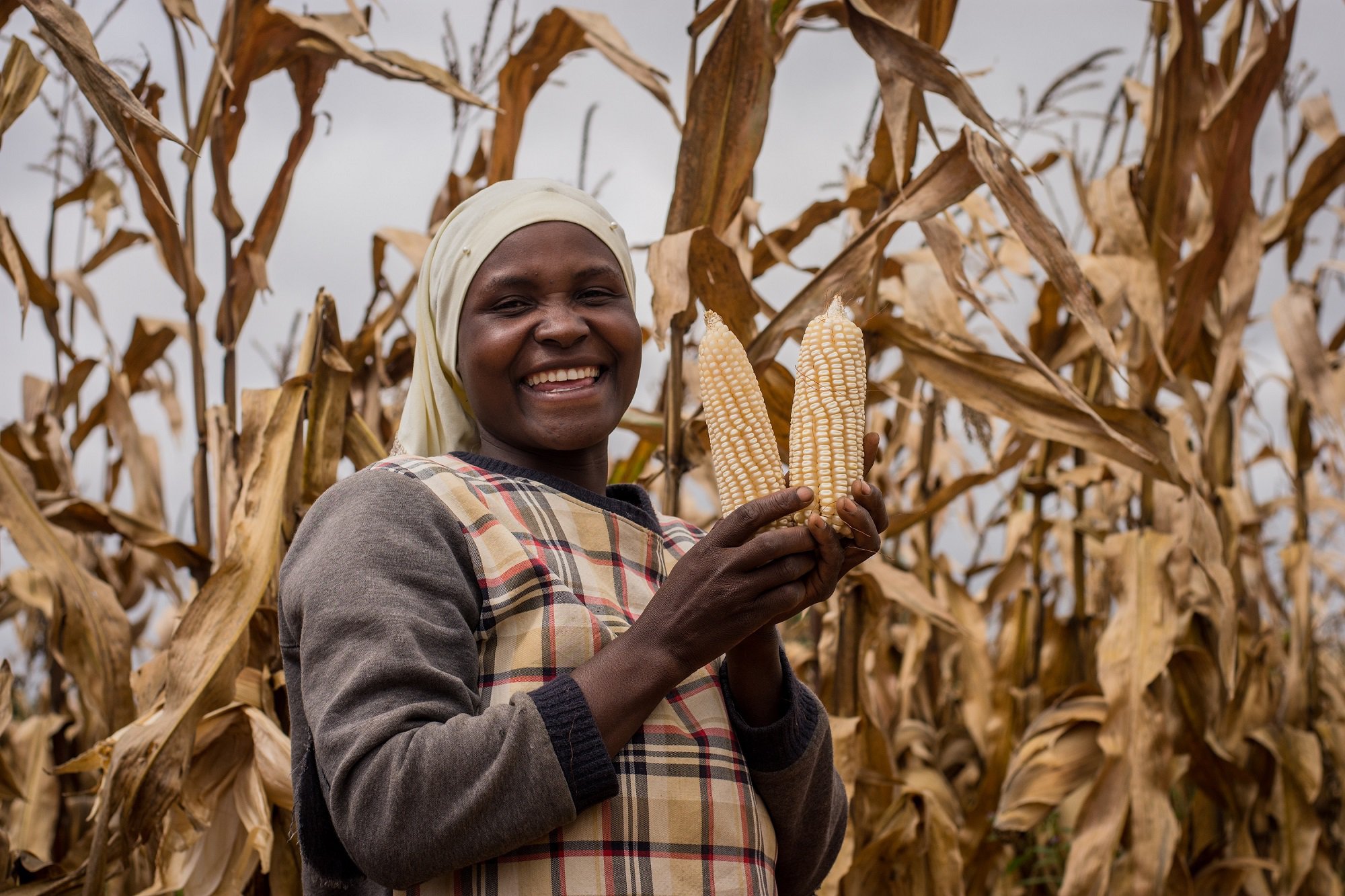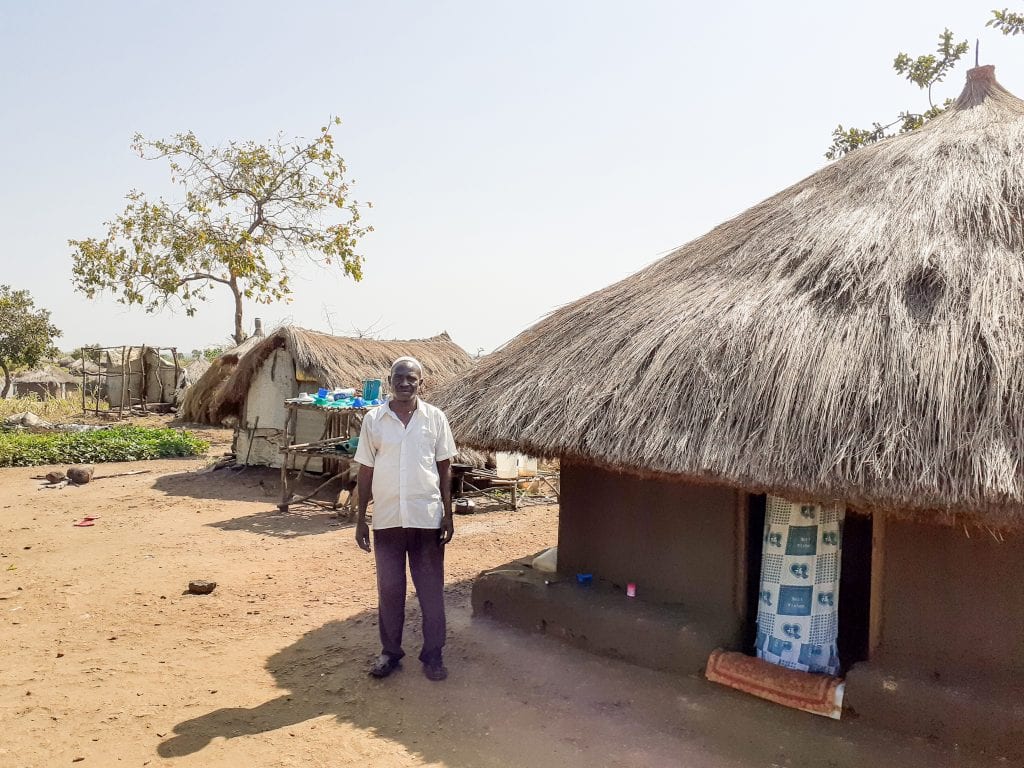Think of the longest ATM line you’ve seen in the US…and multiply it by 80. On the World Bank index of ATMs per 100,000 people, Liberia comes in at fewer than 2 (by comparison, the US has 174). Not surprisingly, it’s the kind of place where delivering cash as an aid intervention is often deemed “impossible” by the sector. Our team launched in Monrovia 8 months ago – and $654K dollars distributed later, we’re reaching a different conclusion. We at GiveDirectly recently interviewed our Liberia Country Director, Namita Desai, who leads our work in partnership with USAID, and spoke about delivering cash in a place where cash is surprisingly scarce.
What was the first step in getting money to recipients? As everywhere else, the first step is linking people to a payments solution, in this case mobile money. In a place like Kenya, we can just hand out phones and assume people will get registered at their local agent. Liberia is a different story, owing to far lower mobile money coverage. We ended up running large registration events, where we called several villages to a central market point, selected based on convenience, security, and cell network. The vast majority of recipients arrived without a mobile wallet and often without a working phone number, and left a few hours later newly connected to the grid. For the 21% of people who lacked a government ID, we helped them procure one by facilitating a town chief letter.
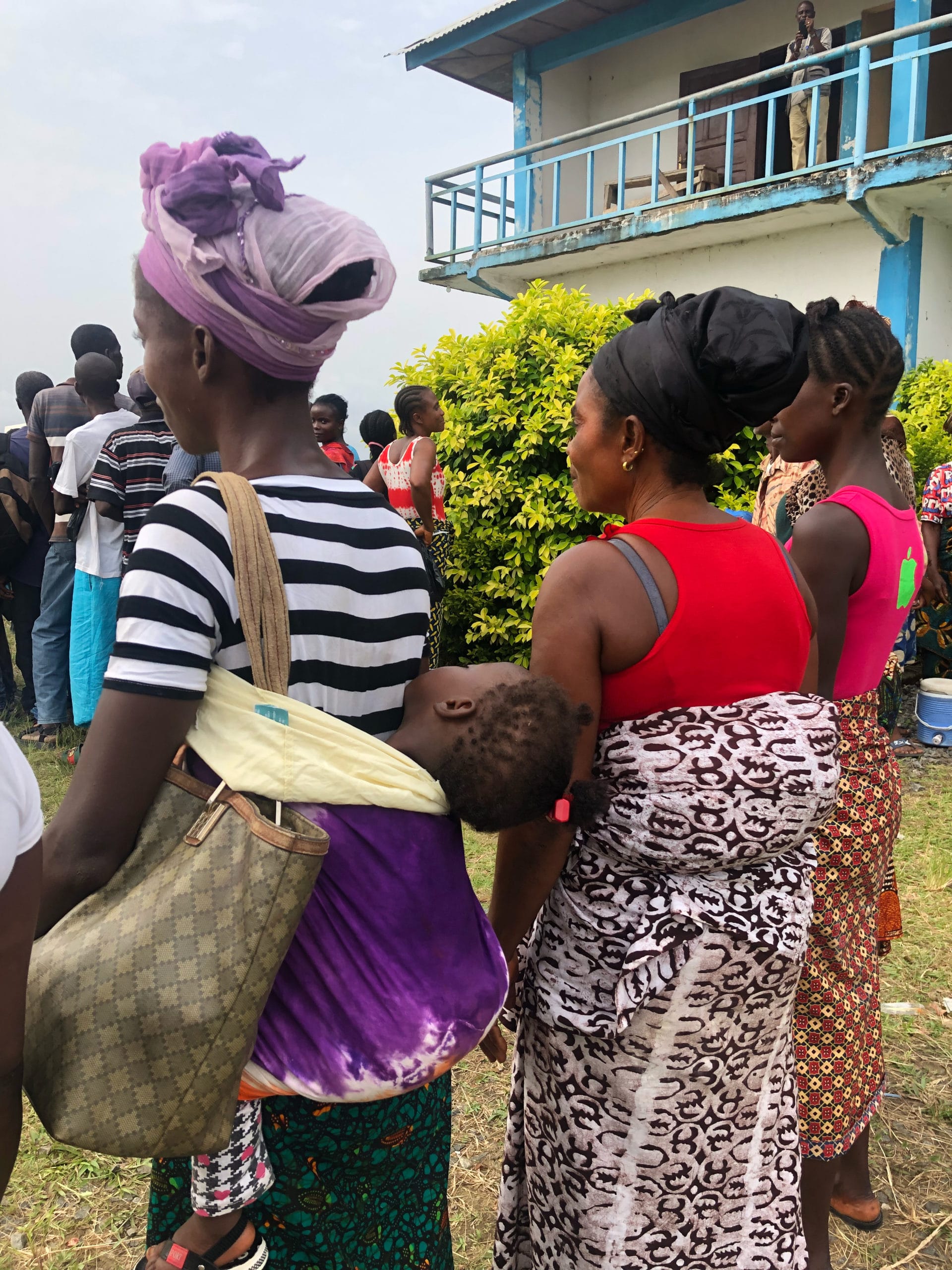
One recipient swaddles her baby, another swaddles her cash.
What came next? We hit the very real challenge of actually getting enrolled recipients cash: the so-called “last mile problem.” We’ve tackled liquidity management in other countries, but Liberia presented hurdles on a different scale. Prior to GiveDirectly showing up, less than 2% of mobile money transactions in our counties of operation were over $100, and the highest throughput mobile money agents on MTN’s payroll were typically transacting about $10,000 per day. We were targeting $90,000 for our first pay-out, and knew a lot of legwork would be required. Instead of relying on the overly weak network of distributed agents, we decided the right approach was to coordinate a pay day at a central location. Even still, this presented challenges: at one of our pay days, the largest bank in Monrovia had to draw down their reserves at the Central Bank to liquidate just $100,000.
So what did you learn? One, our original assumptions on where cash would be available – mobile money centers and brick & mortar banks – proved less accurate. We had more success partnering with agents who owned big shops selling food, construction materials, etc. Two, seemingly small logistical fixes made a real difference when it came to customer service. For example, we knew mobile money agents were likely to bring small currency denominations to our cash-out days (think: recipients getting several hundred dollars paid out in seven cent bills). So, we set up a system to funnel higher withdrawal recipients to agents with bigger bills (that said, we still saw people employing some creative tactics for securing and transporting their money, as per the photo below!). And three, we looked comprehensively at sources of risk and designed specific tactics to address them: whether it was local language mobile money trainings to ensure recipients felt comfortable with the technology, deploying field officers to count every single withdrawal in front of recipients to prevent fraud given high rates of illiteracy, or ensuring our customer service hotline was available to recipients throughout the payment period.
All of that said, one of the most interesting insights that emerged from our first few trial runs was that we may be able to do less last mile coordination. In a few instances, our paydays were organized about a week after actual payments had been sent. Instead of finding recipients queued up on the designated day, we discovered more than 80% had cashed out on their own, often by traveling fairly long distances to reach an agent. Over 90% of recipients who cashed out by themselves actually said the process was easy. We’re currently testing this “organic cash-out” model – it’s very possible the system can stretch to accommodate the $100K pay-out level, but break when we scale to over 6x that volume next year. So – much still to be learned on payments in “impossible” places, but we’re making progress!
—
This study is made possible by the generous support of Good Ventures, and the American people through USAID. The contents of this blog are the responsibility of GiveDirectly, and do not necessarily reflect the views of USAID or the United States Government.
You can read more about GiveDirectly here, and support their work here.

